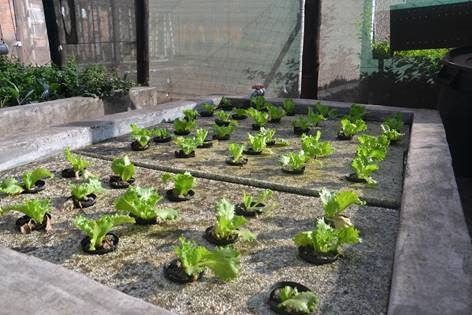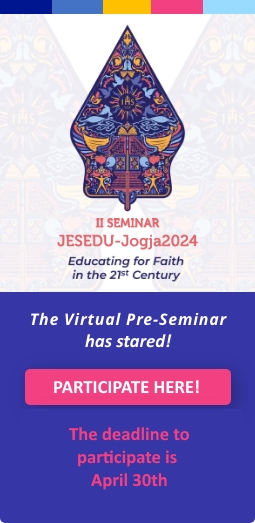The aquaponics project in Jesuit schools was initiated as a possible solution to improve food security gaps in some of our schools by providing disadvantaged learners with an alternative and interesting innovative agricultural education concept that is so far unique in Zimbabwe. It is designed to support children from economically and socially disadvantaged backgrounds by providing access to quality, future-oriented education and improving their food security and livelihoods. The project is currently being implemented at three distinctive Jesuit schools in Zimbabwe namely St Peter’s Primary School, St Peter’s Secondary, and Visitation High School respectively.
Aquaponics is a combination of aquaculture, which is the growing of fish, and hydroponics which entails growing plants without soil. Aquaponics uses these two in an interdependent combination in which plants are fed the fish discharge. In return, the vegetables clean the water that goes back to the fish.
With assistance from the Swiss Academy for Development (SAD), aquaponics was first introduced in Jesuit schools in 2017, first at St Peters primary school in Mbare, Harare to alleviate food shortages and support learners who are disadvantaged with food produced from this innovative system. The project also serves as an alternative to innovative approaches in the agriculture and food supply chain. This approach targeted the use of young children in beneficiary schools and seek to empower them with skills and knowledge as well as increase their awareness of sustainable use of available resources.
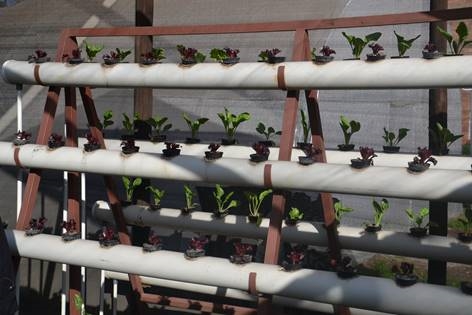
Aquaponics offers the possibility to maximize the production of the outputs that is fish and plants, whilst on the other hand, the water treatment technology within the aquaculture unit is a water-saving process. This opportunity continuously presents our learners with an ability to interactively gain insight into modern methods of innovative farming solutions and sustainable agriculture techniques.
Plants that do well in such a system are generally water-loving plants. Schools participating in the project have been growing plants that include but are not limited to lettuce, spinach, strawberries, and herbs whereas locally available Tilapia fish is used to fertilize and feeding the plants. In addition, the Tilapia breed is highly recommended as it tolerates better diverse water conditions and they grow quickly as compared to other breeds.
Besides food production, aquaponics has been working as an educational tool in simplifying various science theories in various subjects such as Biology, Physics, and Chemistry with practical experience showing the ecosystem between plants and animals by providing a platform to observe nutrient deficiencies in plants and correct them.
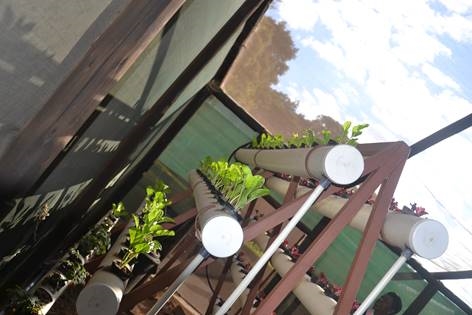
Implementing schools have so far established Aquaponics Club meant to equip involved members with new knowledge about the system as well as sharing discoveries. In addition, learners have been at the center of the project and assumed the responsibility for the system management under the supervision of teachers and consultants. The learners have also had an opportunity to gain a better understanding of the importance of responsible management of natural resources and producing healthy food in form of fresh fish and vegetables within their local context.
Although the aquaponics project is exciting and continuously presenting new opportunities for young learners in our schools, the project has its fair number of challenges. Aquaponics requires deep expertise, all our schools have been affected by the absence of a resident technical expert to continuously monitor the project. For it to flourish, implementers need to have a vast knowledge of vegetable and fish farming as well as technical expertise. Mistakes in executing the system result in fatal losses and systems breakdown which tends to be costly. Although constant efforts are being made by implementers to curb varying challenges that come with the implementation. Currently, all systems are using renewable energy as a power source as a solution to power cuts.
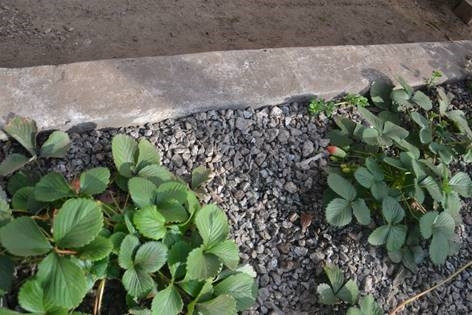
In conclusion, Jesuit Education is instrumental in creating people who are sensitive to the needs of our time by encouraging critical and creative approaches to solving problems as well as inspiring learners within Jesuit institutions of learning to change society and the world at large for the better. Despite the challenges mentioned and uncertainties of implementing this new farming method, there are a lot of benefits associated with implementing such a project as it opens great opportunities for 21st teaching and learning as well as a food source. If effectively managed, aquaponics can be the answer to food security in an endlessly changing climate in Zimbabwe and beyond.
